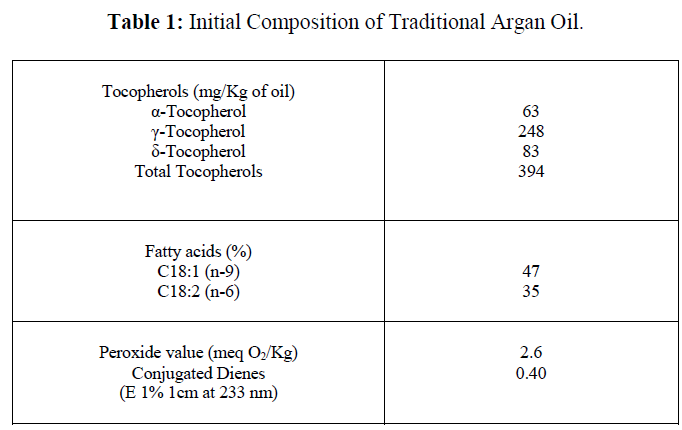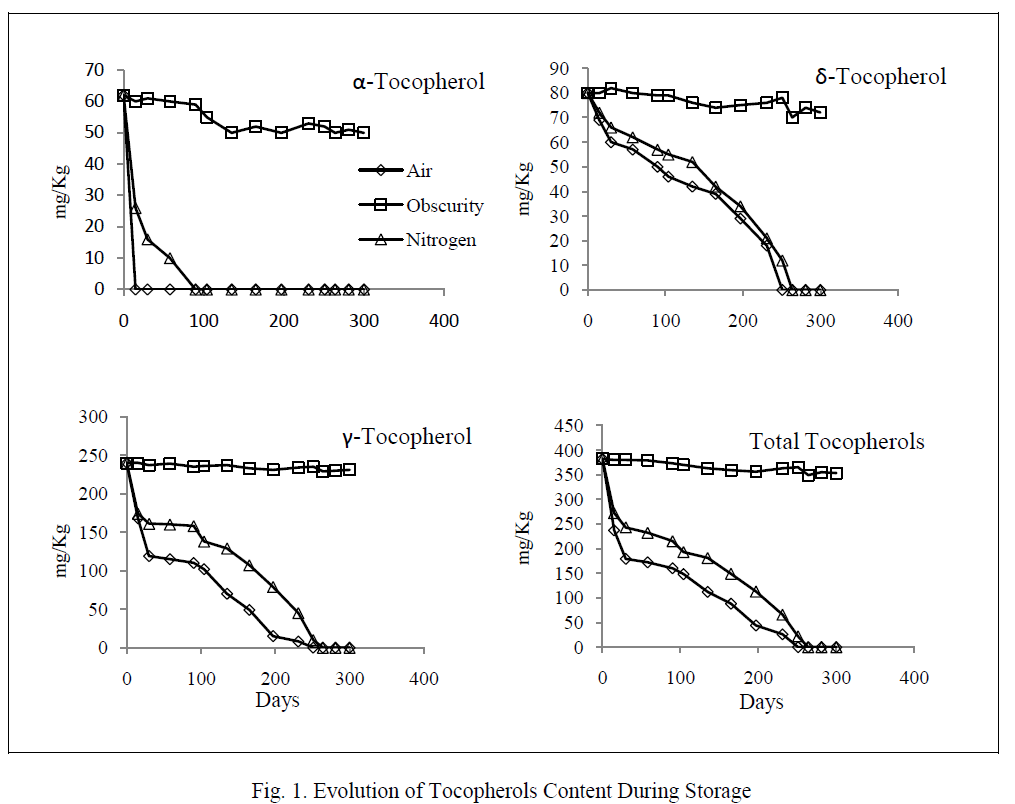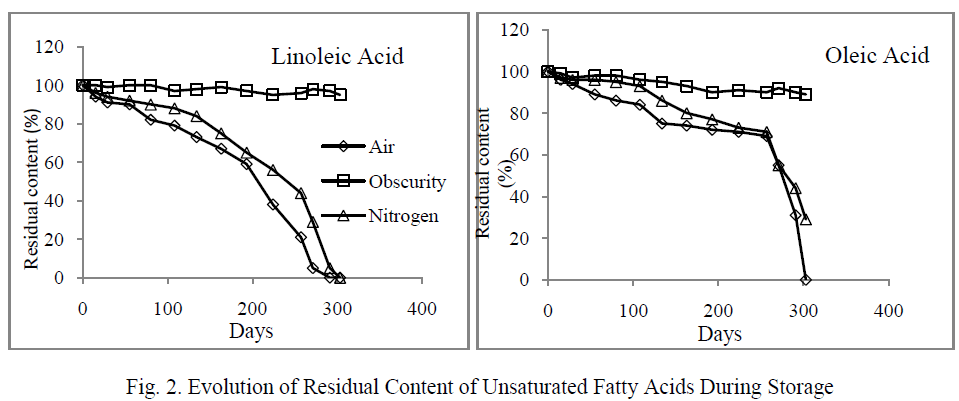ISSN ONLINE(2319-8753)PRINT(2347-6710)
ISSN ONLINE(2319-8753)PRINT(2347-6710)
Baibatsha Adilkhan1, Bekbotayeva Alma2, Mushinsky Andjey3
|
| Related article at Pubmed, Scholar Google |
Visit for more related articles at International Journal of Innovative Research in Science, Engineering and Technology
Ore-bearing strata of Zheskazgan ore district has a cyclic structure. Each cycle begins layers of coarse-grains rocks, sandstones and finely ends dispersed clastic rocks. Detailed petrographic studies of ore-bearing rock strata showed a mixed composition. The main parameters of the sedimentation conditions include physical conditions: the density and viscosity of sediment-environment, pool depth, speed, direction and stability of the flow. By chemically sediment conditions are redox reaction, salinity and temperature of the medium. Tectonic activity area and climate are also important factors of depositional area.
Keywords |
| copper sandstone-hosted, Zhezkazgan deposit, underwater delta. |
INTRODUCTION |
| Stratiform Cu ore deposits account for a substantial proportion of the world’s production of copper, in addition to significant amounts of silver, lead and zinc. Classic examples are the Permian Kupferschiefer (Germany and Poland), the PalaeoproterozoicUdokan deposit (Siberia), the Neoproterozoic central African Copperbelt (Zambia, Democratic Republic of Congo) and the Kalahari Copperbelt (Namibia and Botswana). Stratabound Cu-Ag and Cu-Co deposits are hosted in marine or continental (red beds) sandstone, shale and siltstone rocks; environmental associations with evaporites, basalts, conglomerates and breccias are common. Red beds are deposited in rift basins from fluvial, lacustrine and aeolian sediments, in arid to semi-arid oxidising environments and for this reason red beds are commonly associated with evaporates [1]. |
| As in other stratiform copper-bearing deposits of the world there are found a direct link lithological and facies features of host rocks and ore content. The immediate host rocks of the world deposits are mainly organic-rich sediments (shale, sandstone, conglomerate, marl, and carbonate), and continental redbeds constitute a characteristic component of the host rock sequence. In the case of Kupferschiefer-type deposits, the gray beds (reduced facies) represent shallowmarine to lagoonal or lacustrine sedimentation. In the case of redbed-type deposits, the gray beds are part of a continental fluvial sequence [2], euxinicsapropelic facies predominate, there are clay-rich bituminous shale a basinal facies in Lubin, Richelsdorf, Mansfeld, North German basin [3]. Copper sandstones Zheskazgan deposit is one of the stratiform copper-bearing deposits too. By composition the clastic rocks of Zhezkazgan deposits are continental, marine and transition facies. |
| Identify some features of sedimentary environments in the basin and provenance characteristics were done on indicators that are developed by Z.A. Yanochkina [4]. The ratio Fe2O3/Fe2O3 is a measure of oxidation (more than 1) or reducing (less than 1) conditions of sedimentation. When Fe/Mn more than 13 is characterized desalination pool is shallow, and values less than 13 correspond to the deep-water marine environment. From the ratio of CaO/MgO may assume a low (a value of ratio more than 1), or high (less than 1) mineralization pool. The ratio of Na2O/K2O is a sign of weakening (greater than 1) or increases (less than 1) the intensity of chemical weathering of rocks provenance. Change the ratio of Sr/Ba in area sedimentation basin can trace the transition from freshwater conditions (Sr/Ba less than 1) to the sea (more than 1). |
| Materials and Methods.Rock samples for the study were taken from the mines and quarriesof Zheskazgan field. We made universal thin sections from these samples in Adam Mickiewicz University and Kazakh National Technical University.Ore and rock-forming minerals were studied using a polarizing microscope to reflect and transmitted light with high resolution. The chemical composition of the minerals was studied by BSE and EDS methods in the Laboratory of Electron Microscopy in Institute of Geochemistry, Mineralogy and Petrology of the Warsaw University on the «Electron probe microanalyser» CAMECA-SX 100. Semi-quantitative analysis was carried out in the Laboratory of microscopy and microprobe Faculty of Geology and Geography of the Adam Mickiewicz University (Poznan) on skanning electron microscope Hitachi S-3700N (SEM) and energy dispersive X-ray spectrometer Noran SIX (EDS). According to the test results were calculated chemical formulas of minerals. Total 40 thin sections were studied and received more than 200 chemical analyzes. |
LITHOLOGICAL COMPOSITION |
| We carried out a series of studies of rocks Zhezkazgan deposit comprising: a detailed analysis of the tectonic, climatic regime and paleogeographic situation during preparation (weathering), mobilization (transportation) and accumulation (sedimentation) terrigenous material ore-bearing strata [5, 6]. We compiled geological documentation section deposits from core boreholes, outcrops and preparatory treatment of mine workings [7]. Specially selected samples were subjected to petrographic, chemical and physical research. To identify features of the sedimentation of rocks has been used a number of geochemical parameters (Table 1). |
 |
| Value Fe2O3/FeO is important for gray sandstones and green siltstone and equal to 0.91 and 0.90, this ratio indicates a measure reducing conditions of sedimentation.By Fe/Mnratio having a value from 27.82 to 75.99, it is determined that the sedimentary basin was not deep (for deep-sea conditions the value Fe/Mn less than 13). Formation of chlorite material and cement in bulk sediments leads to the appearance gray-green color under these conditions.Gray-colored rocks are formed at the beginning of a regressive cycle as a result of sediments of physical weathering products (Na2O/K2O = 1,45). Interbedded gray-colored and red rocks shows the change of sedimentary environments. For red sandstone and siltstone characteristic different ratio Fe2O3/FeO 2,66-2,98. Absence of salt and gypsum in thegray, green, brown and red rock compositions indicates the freshwater environment of sedimentation. This is also confirmed by the values of geochemical components CaO/MgO = 1,28-2,52 and Sr/Ba = 0,31-0,43. |
| Petrographic composition and content of clastic material in gray-colored and red-colored rock in Zheskazgan deposit are homologous, indicating that they are formed from the same supplying sources (Figures 1, 2). |
 |
 |
| Sedimentation in the deposit area occurred in large river valley artery tracer along a series of deep faults. It changed its direction from the meridional (Zhezqazghan syncline) to the southeast (ZheskazganSarysu-depression) in the area of fields Taskora and Jaman-Aibat. This is confirmed by the typical association of fluvial sediments: alluvial fans (foothills) with the local bedrock erosion, floodplains, coastal plains, coastal and underwater deltas. Activity of river flow was seasonal, i.e. floods alternated with periods of drying.The existence of such a river artery and described mode of operation is confirmed by the study of modern depositional environments. Thus, according to G.E. Reynard and I.B. Singh [8], for example, the width of sand deposits in the valley of the Brahmaputra River up to 30 km with thickness of their 20-40 m, and the width of the alluvial plain - horizontal movement p. Kosiis 500 km. In this case the active formation of sediments in the river depositional environment occurs only during high floods, i.e. for several days or one or two weeks in a year. |
| Sedimentation in the Zhezkazgan Depression sedimentary basin was of distinct rhythmic character called cyclic tectonic regime in conjunction with original climatic conditions. The cycle begins with tectonic activity territory, creating a more or less dissected relief and increasing humidity of the climate. Moderate intensity streams erode prepared sandy material surrounding the river valley land areas. |
| In the early periods of the cycle because of the significant potential geomorphological relief flood waters make erosion, which is fixed in the form of layers and lenses of conglomerates and breccias composed of sand bodies.Relatively stable periods expressed in the formation of layers aleurolite and argillites in the composition of the sand layer. Graycolored rocks are formed at the beginning of a regressive cycle in result of accumulation the products of physical weathering (Na2O/K2O = 1,45) in the shallow water pool with underwater currents. Source of clastic material was sedimentary and igneous rock complex provenance. In quiet areas fine-grained and aleurite-pelitic disperse material deposited; it was enriched green color chlorite. Precipitation of the transported material takes place in the underwater part of the delta, where the flow has a sufficient strength, resulting in a large cross-bedded rock texture. The precipitate was transferred into a muddy slurry dense mass that precluded settling basins of rivers and fish, as well as other types of swimming animals. |
| On a relatively quiet areas of the basin bottom sediments exposed rewashing and formed horizontal layering or poorly expressed stratified texture. Fe2O3/FeO ratio of gray sandstones and green aleurolitsis 0.97 and 0.90 respectively;it shows a measure reducing the environmental conditions of sedimentation. By Fe/Mn ratio having a value of 27.82 to 75.99, established shallow-water sedimentary basin (for deep-sea conditions is Fe/Mn is less than 13). Formation in such conditions chloritic material in cement clastic sediment and in the bulk clay sediment rocks gives gray-green tone colors..Separate areas in sedimentary basin are subjected to vibrational motions. These areas as filling sediments turn out to in continental conditions. It is marked by the appearance the layers of red aleurolites and argillites with different thickness as a part in gray-colored sandstone. In the process of reverse dive such areas, there is erosion of sediment layers of red and hit them as fragments of the coarse-grained rocks. The coastal zone is native vegetation and herbivorous quadrupeds appear. This is evidenced by paw prints and drawing tails of animals, printed in gray-colored fine-grained sandstones of the coastal zone with ripple marks. In a further development cycle coastal areas turn into continental plains. |
| Sedimentation cycle completes stabilization of tectonic regime, medium sand section changed into a fine-grained material. Sedimentation environment moves underwater sections of the basin to its coastal areas. Further long period of sedimentation occurs in conditions of alluvial plains, and here the material accumulates predominantly by chemical weathering from the provenance rocks. Small-amplitude oscillatory processes lead to the accumulation horizons interbedded gray and red colored rocks that are usually characteristic for coastal areas of sedimentary basins. Accumulation of thick horizons of red siltstones and mudstones occur in the final stage of the cycle, only a continental environment predominantly gently sloping topography of the surrounding area and the environment of sedimentation, where the measure of oxidative conditions is Fe2O3/FeO = 2,66-2,98. There is numerous mud cracks formed on the surface of precipitation during frequent drying of continental sedimentary basins. Distance between them and the opening width depend on the layer thickness. Sediments lose water and rapidly compressed into sedimentary rocks.When these areas dive under water appeared mud cracks filled with new sediment or soaked and delayed. |
| Material of chemical weathering the provenance rocks accumulated in alluvial plain (Na2O/K2O = 0,41). In conditions floodplains with typical weak seasonal currents and shallow lakes deposited material with fine pinnate layered wavy alternating red argillites, siltstone, brown and brownish-gray aleurolite-sandstone and fine-grained sandstones. Emerged vegetation during periods of humid climate may disappear with the onset of arid climate in region. The root system of vegetation violates initial stratification of rocks, giving them a lumpy texture; sometimes the root residues develop carbonate pseudomorphs. Absence of halite and gypsum in the ore-bearing strata of the rocks indicates a relatively freshwater of sedimentation environment nature. It also confirms value of geochemical components CaO/MgO = 1,28-2,52 and Sr/Ba = 0,31-0,43. |
| By accumulation conditions in the ore-bearing strata of Zhezkazgan series were identified 12 lithogenetic rock types [7]. We established that the mineralization is associated with sandstone facies of the underwater part of the delta, which has favorable reservoir properties to infiltrate of solutions and ore formation. |
| The facies of sandy sediments of the underwater part delta PR divided into two lithogenetic types [9]. Lithogeneous type PR-1 is the most common for this facies is represented by gray and greenish and brownish shades of average-to-fine-grained sandstone. Texture of sandstones is large cross-bedded, interlayer thickness is up to 1-3 cm, and their series is up to 1-2 m. Rarely observed cross, slightly cut off, multidirectional and straightforward (by location of serial sutures) layering. Sorting of detrital material is average, some regularities of changes clastic components in the layer is not established. Weak sort of material related with the proximity of drift sources and with fast transportation of material without sufficient differentiation of debris by size. |
| Layers of sandstones of this type have a lenticular and stratum shape, their thickness varies from 1-2 to 30-40 m. Changes in the layers structure of rocks caused by tectonic pulsations. Usually more coarse-grained material lies at the base of sandstone. These sandstones are formed in the initial period of tectonic activity, and erosion activity of river flows is increased. Sometimes interlayers and lenses of intraformational conglomerates consist of sharp-edged and unsorted debris from bedrock, it is mostly red siltstones. In one layer of sandstone can be found 1 - 4 layers of conglomerates, their thickness is from 0.1-0.2 up to 1-2 m. Such a structure is due to tectonic uplift and subsidence that could cause activation of fluvial erosion or stabilization [10]. |
| Quantity, duration and intensity of inner cycles in a layer of sandstone can be determined therein interlayers conglomerates, size and composition of sediments. Internal transitions in the layers are gradual, so their boundaries are weak and often arbitrary. On the other hand, the boundary layers of sandstones of this lithogenetic type are distinct. Especially the lower boundary with the underlying red aleurolites and argillites of continental sediments exposed in varying degrees of erosion of the river delta flows. Layering of underwater delta sediments caused by the change of structure, impurity allogenic material distributed by layering, sometimes changing interlayer shades. The orientation of cross-bedding can be different depending on the direction of arrival of clastic material. In some parts of layers stacked apparently homogeneous material, layering almost invisible, and rocks are characterized by streaky or massive (homogeneous) texture. Sandstones of the underwater part of the delta by lateral and stratigraphically facially replaced lithogenetic different rock types. These replacements have certain regularity. At the bottom layer are red-colored and fine-clastic continental deposits dispersed. Sediments of shallow coastal and continental coastal plains are located above. Laterally, usually outside of the field, they often change brown medium-grained sandstones of continental alluvial sediments. |
| Lithological type PR-2 is sandstones with interbedded conglomerates, but with smaller grain size of clastic material. In the layers of fine-medium-grained sandstones are aleurolites. Aleurolites interbed with green and dark green argillites thickness from 0.1-0.2 to 1-2 m. Layering of sandstone varies from cross-bedded to a horizontally layered, and argillites and aleurolites are horizontally layered and non-oriented texture. The appearance of fine-grained and dispersed rocks in the layer indicates the relative stabilization of tectonic activity, and increased content of chlorite in them shows the depth of the water basin [11]. |
| Depending on the tectonic and paleogeographic situation ore-bearing sandstones of the underwater part of the delta may overlap stratigraphically above the gray-colored fine-grained shallow coastal sandstones, red-colored sands and clay rocks of coastal alluvial-lacustrine continental plains. |
| Intraformational conglomerates occupy different stratigraphic position and depending on it to have a different composition of clastic material. Often debris conglomerates consist of pieces of red argillites and siltstones that have already dried up and were compacted at the surface. Less common are fragments of brown fine-grained sandstone, and sometimes local green siltstones and sandstones. Distance of debris transportation usually is not long, so they do not have time to sort and rounded, they immediately get into the sand mass, which becomes the cement of conglomerates. Such conglomerates or rather their sand cement are ore-bearing, as underwater delta sandstones are ore-bearing. Finegrained and possible dispersed particles are transferred to the deeper parts of the basin in hydrodynamically active environment of fast currents underwater deltas. Sedimentation sandy material devoid of fine-grained components, tightly packed, has significant initial effective porosity and reservoir properties. These pores during the circulation of ore-forming solutions in sandstones filled with cementing ore and vein (siliceous-carbonate) material, which leads to a decrease in porosity and increase the strength of ore sandstone. |
| In sandstones Zhezkazgan suites are so-called "Raymond" conglomerates consisting of well-rounded pebbles of older rocks of the neighboring regions. |
CONCLUSION |
| The main part of the mineralization, the majority of the ore deposits of the field associated with the sandstones of the underwater part of the delta. Sandstones lithogenetic type PR-1 and PR-2 are ore-bearing.Copper-hosted sandstones from underwater facies in Zhezkazgan deposit fit into the overall picture of the sediment formation in the other major world Cu hosted stratiform deposits [12]. |
References |
|